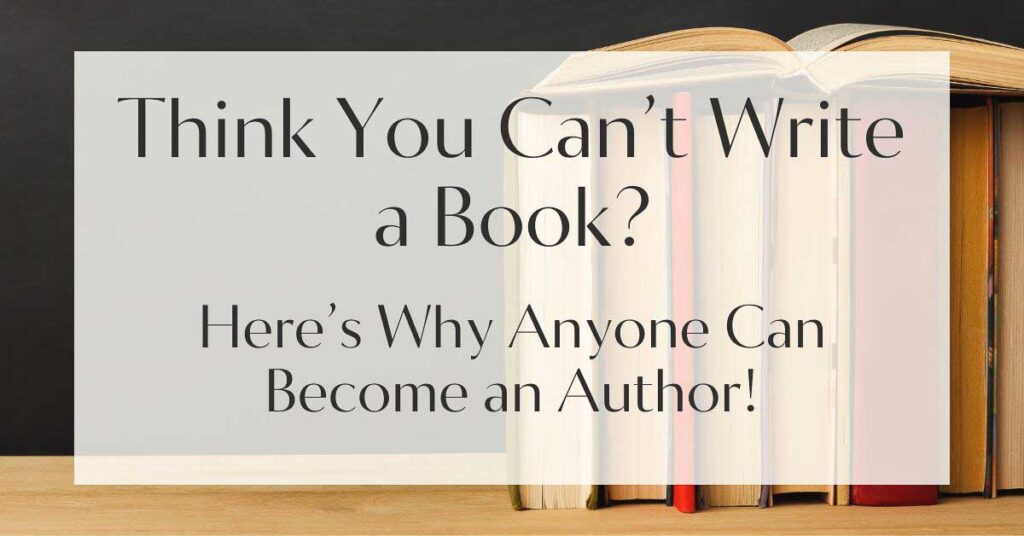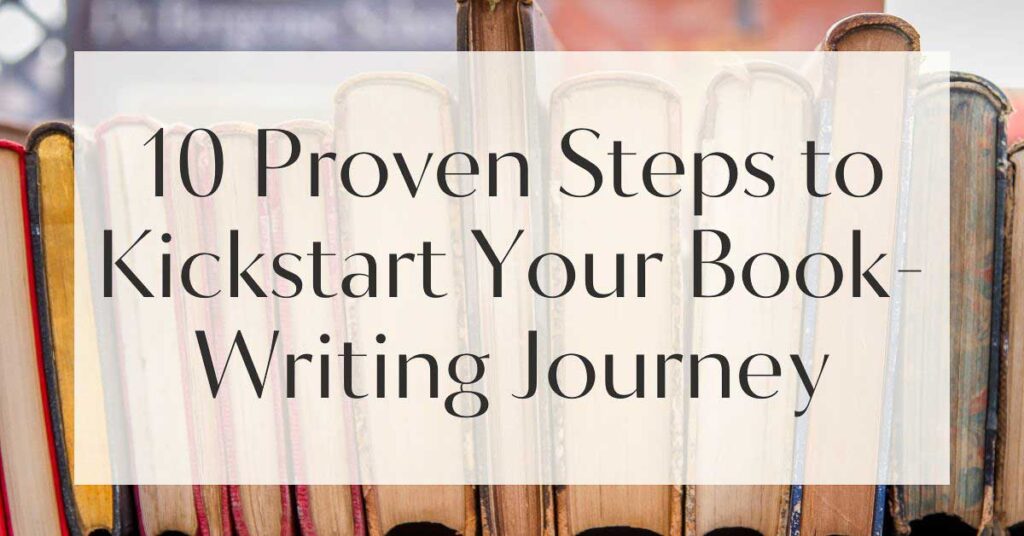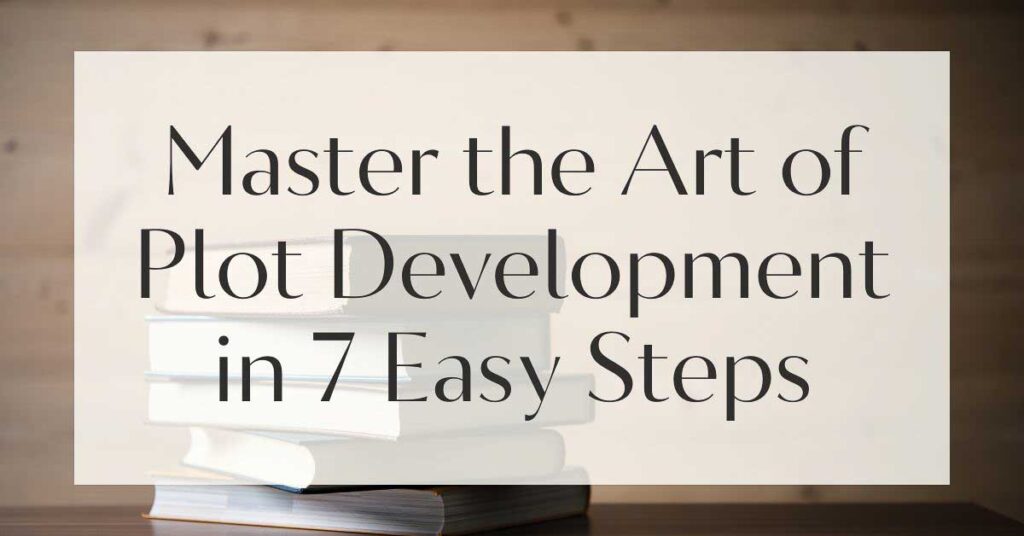Imagine a world where your characters leap off the page, leaving readers breathless with their raw, emotional struggles. How do you craft such unforgettable tales? The answer lies in mastering inner conflict techniques.
These techniques not only enrich your character’s journey but also captivate your audience by weaving an emotional tapestry that resonates long after the final page is turned. Let’s delve into the heart of storytelling and explore six transformative techniques that will elevate your character development and storytelling strategies.
Understanding Inner Conflict Techniques
Inner conflict is the storm within a character, a tempest of desires, fears, and moral dilemmas that drives their journey. It’s the engine of emotional struggles that fuels their growth and captivates readers. To truly master this art, we must first understand its significance in storytelling.
Defining Inner Conflict and Its Importance in Storytelling
At its core, inner conflict is the battle between opposing desires or beliefs within a character. This internal turmoil is crucial for character development, as it adds layers of complexity and reliability.
Think of it as the shadow that accompanies every hero, shaping their decisions and highlighting their humanity. Without it, characters risk becoming one-dimensional, lacking the depth that makes them memorable.
To create compelling inner conflict, identify your character’s deepest desires and the fears that oppose them. This creates a dynamic tension that propels the narrative forward and keeps readers invested in the outcome.
Exploring Emotional Depth in Character Development
Emotional depth is the lifeblood of any great story. It’s what connects readers to characters on a visceral level.
By delving into the psyche of your characters, you unlock the door to a world of emotional complexity. This involves not just understanding their desires but also the fears, regrets, and moral dilemmas that define them.
Consider the classic tale of Hamlet, where Shakespeare masterfully intertwines inner conflict with external events, creating a character whose emotional depth has captivated audiences for centuries. This exploration of the human condition through storytelling is what makes literature timeless.

The Six Techniques for Crafting Unforgettable Inner Conflict
Now that we understand the importance of inner conflict, let’s explore six techniques that can transform your character’s emotional journey from mundane to mesmerizing.
Technique 1: Uncovering Deep-Seated Desires and Fears
Every character harbors secret desires and fears that drive their actions. By bringing these to the surface, you create a rich tapestry of internal conflict. Consider a character who yearns for freedom yet fears the unknown. This dichotomy can lead to powerful storytelling moments as they navigate their path.
Think of Frodo in “The Lord of the Rings,” torn between the comfort of the Shire and the daunting task of destroying the One Ring. His journey is as much about conquering his inner demons as it is about the external quest.
Technique 2: Utilizing Moral Dilemmas to Challenge Characters
Moral dilemmas are fertile ground for inner conflict. They force characters to confront their values and make impossible choices. This not only deepens their emotional struggles but also engages readers by posing thought-provoking questions about right and wrong.
For instance, in “Sophie’s Choice,” Sophie is faced with a harrowing decision that defines her character and haunts her throughout the story. Such dilemmas create tension and empathy, drawing readers into the character’s world.
Feeling lost with your debut novel?
Fiverr Pro connects you with expert editors, designers, and marketers – everything you need to get your book ready for success!

Technique 3: Creating Compelling Contradictions Within Characters
Characters, like real people, are often bundles of contradictions. A hero might be courageous yet insecure, or a villain might show unexpected kindness. These contradictions add depth and make characters relatable, as they mirror the complexities of human nature.
Consider the character of Severus Snape in the “Harry Potter” series, whose conflicting loyalties and hidden motives make him one of the most intriguing characters in literature.
Technique 4: Implementing Character Backstories for Added Depth
A well-crafted backstory can illuminate the origins of a character’s inner conflict. By understanding their past, readers gain insight into their present struggles and motivations. This adds layers to their personality and enriches the narrative.
When crafting backstories, focus on pivotal moments that have shaped your character’s worldview. This provides a foundation for their current desires and fears, enhancing their emotional journey.
Technique 5: Using External Conflicts to Enhance Internal Struggles
External conflicts often mirror internal struggles, providing a backdrop against which characters grapple with their emotions. These external challenges can act as catalysts, pushing characters to confront their inner demons.
In “The Hunger Games,” Katniss Everdeen’s fight for survival in the arena parallels her internal battle with fear and self-doubt, creating a powerful narrative that resonates with readers.

Technique 6: Building Relationships that Reflect Inner Turmoil
Relationships are a reflection of inner conflict, often bringing underlying tensions to the forefront. By crafting interactions that challenge characters emotionally, you add depth and realism to their journey.
Consider the complex relationship between Elizabeth Bennet and Mr. Darcy in “Pride and Prejudice,” where their initial misunderstandings and prejudices give way to personal growth and deeper connection.
| Technique | Description | Example |
|---|---|---|
| Deep-Seated Desires and Fears | Exploring hidden motivations and anxieties | Frodo in “The Lord of the Rings” |
| Moral Dilemmas | Forcing characters to make difficult ethical choices | Sophie in “Sophie’s Choice” |
| Compelling Contradictions | Creating characters with conflicting traits | Severus Snape in “Harry Potter” |
| Character Backstories | Using past experiences to shape present conflicts | Katniss in “The Hunger Games” |
| External Conflicts | Mirroring internal struggles with outside challenges | Elizabeth and Darcy in “Pride and Prejudice” |
| Relationships | Reflecting inner turmoil through interactions | Elizabeth and Darcy in “Pride and Prejudice” |
The Role of Emotional Struggles in Storytelling
Emotional struggles are the heartbeat of any compelling story. They engage readers by offering a glimpse into the human condition and creating characters that resonate with our own experiences.
Google Docs is for notes. Scrivener is for novels. Upgrade your writing game and try it for free today!

How Emotional Depth Engages Readers
When readers connect with a character’s emotional journey, they become invested in the story’s outcome. This engagement is the result of well-crafted inner conflicts that mirror universal human experiences, such as love, loss, and self-discovery.
Consider how readers empathize with Harry Potter’s struggle against his own insecurities and the weight of his destiny, which makes his journey all the more compelling.
Creating Relatable Characters Through Emotional Complexity
Relatable characters are those who reflect the complexities of real life. By incorporating emotional struggles into their arcs, you create multi-dimensional characters that readers can identify with. This relatability fosters a deep connection, ensuring your story leaves a lasting impact.
To enhance relatability, focus on universal themes that resonate with readers, such as the quest for identity, the fear of failure, or the pursuit of happiness.
Mastering Character Development Through Inner Conflict
Inner conflict is the cornerstone of character development. It shapes their arcs and defines their journeys, transforming them from static figures into dynamic, evolving individuals.

Balancing Strengths and Flaws in Character Arcs
A well-balanced character arc involves both strengths and flaws. These elements create a dynamic tension that drives the narrative and ensures characters remain relatable. As characters confront their flaws, they grow, leading to a satisfying and transformative journey.
Think of Elizabeth Bennet, whose initial prejudice gives way to understanding and love, creating a compelling arc that resonates with readers.
Transformative Journeys: The Evolution of Your Characters
The essence of storytelling lies in transformation. Characters should evolve through their experiences, emerging changed and wiser. This evolution is the culmination of their inner conflicts and emotional struggles, creating a narrative that captivates and inspires.
Consider the journey of Jean Valjean in “Les Misérables,” whose transformation from a hardened criminal to a compassionate hero is a testament to the power of inner conflict in storytelling.
Tips and Strategies for Writers
Crafting characters with rich inner conflicts requires skill and creativity. Here are some practical tips to enhance your storytelling:
Practical Exercises to Enhance Character Depth
- Write a diary entry from your character’s perspective, exploring their fears and desires.
- Create a timeline of your character’s life, highlighting key events that have shaped their inner conflicts.
- Develop a scene where your character faces a moral dilemma, forcing them to confront their beliefs.
Experiment with different narrative techniques, such as flashbacks or internal monologues, to reveal your character’s inner world and enrich their emotional journey.
No marketing platform? No social following? No problem!
Publisher Rocket helps you market your debut novel like a pro.
It’s a gamechanger for debut authors – try it today!


Avoiding Common Pitfalls in Character Development
- Avoid one-dimensional characters by incorporating contradictions and complexity.
- Ensure that inner conflicts are integral to the plot, driving the narrative forward.
- Balance internal and external conflicts to create a well-rounded character journey.
Conclusion: Bringing Your Characters to Life Through Inner Conflict
Mastering inner conflict techniques is the key to creating unforgettable characters and captivating stories. By delving into the emotional depths of your characters, you craft narratives that resonate with readers and stand the test of time.
Embrace the complexities of the human experience, and watch as your characters come alive, transforming your storytelling into an art form that touches hearts and minds.








